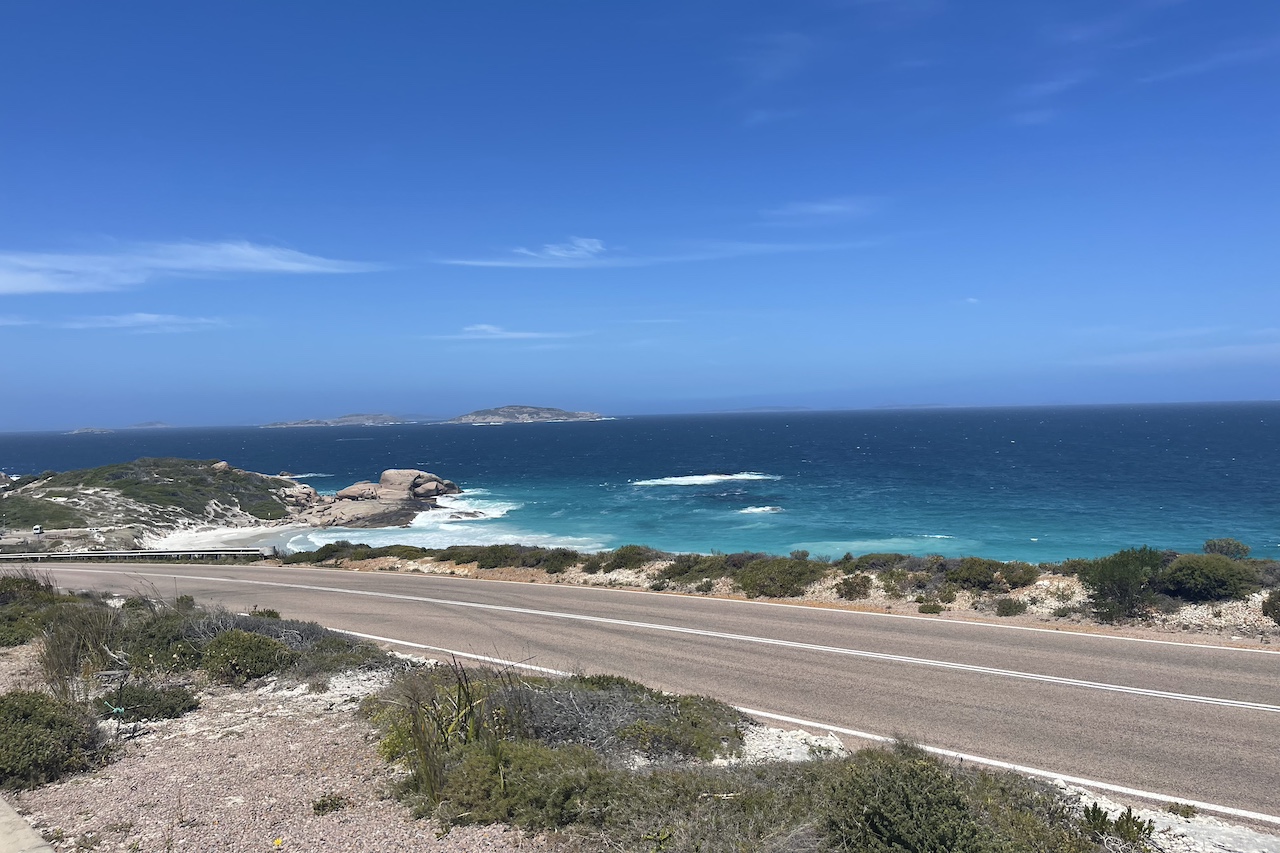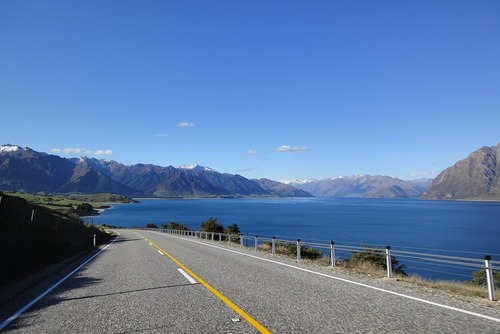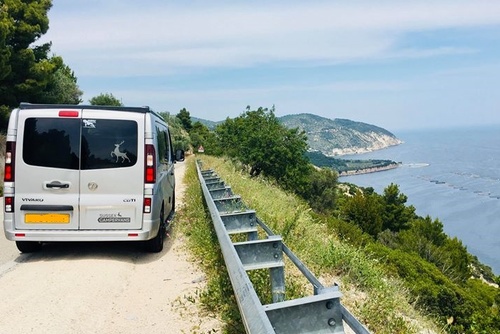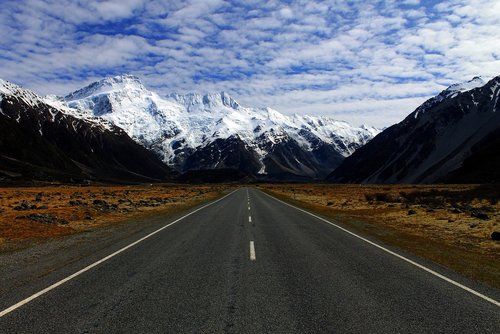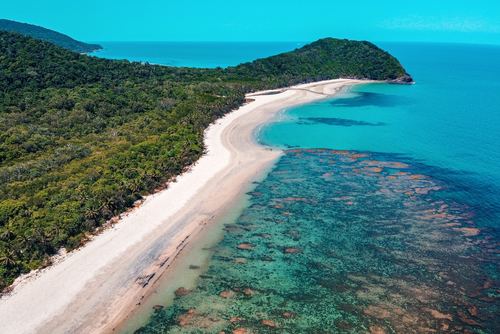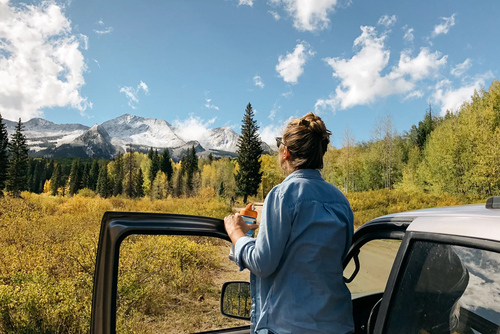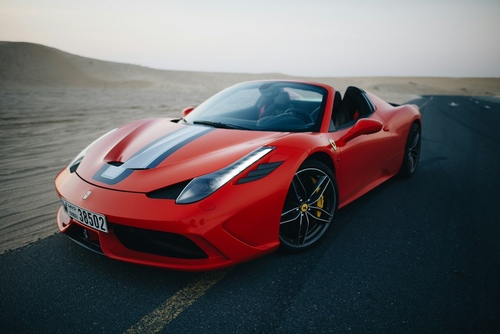Amy Salmon spent three weeks travelling around the Southwest of Australia in a campervan and in this article she details some of the dos and don’ts that she learned along the way as well as some general advice regarding where to go, what to do and what travel insurance to buy.
You can sign up for travel alerts through the gov.uk Travel Advice pages which will update you on any changes relevant to where you’re visiting. I signed up for travel alerts to Australia here.
Now start planning your south west Australia road trip.
How Should I Travel?
There are several ways to travel around Western Australia.
The first is to use the Transwa coaches which take you to the more popular areas. This option is useful if you don’t have your driving licence or would feel nervous about driving in a foreign country.
Alternatively, there is the option to hire a car and drive to each place yourself. The benefit of this is that you can choose more specifically where you want to go and you have the freedom to do it on your own schedule. However, if you are 25 or under, most hire car companies will add what is called a ‘young driver’s fee’ onto the hire cost.
This fee can make a seemingly affordable rental become very expensive so it’s worth being aware of. Additionally, for those travelling on a budget, you would need to pay for accommodation on top of the cost of the hire car.
The other way to travel around is in a campervan as this covers both transport and somewhere to sleep. This is the option that we chose. We hired a van from Travellers Autobarn but there are several companies offering the same service with vans of varying sizes available. As you might expect, the larger van and the longer your trip, the more expensive your rental will be.
Our van had a camping stove, kitchen utensils and crockery, a pump sink and a foldable table and chair set. Our bed could be converted into a seating area during the day and there was plenty of storage underneath. It was one of the smaller options available, but it was perfect for the length of time we were travelling. If you were planning something a bit more long-term you might want to think about something bigger.
To hire the van, my UK driving licence was accepted and there was no need to use an international driving permit (IDP). However, different companies might have different policies so if you’re thinking about hiring a vehicle it's worth checking the website to see what form of driving licence is accepted.
Car Insurance
To drive a car in Australia you of course need insurance. One of the benefits of using the campervan rental company that we did was that the insurance was included in the final price of the rental.
The included insurance was the most basic package and for a small fee extra you could upgrade to a more comprehensive insurance package, so we decided to do that. This meant that we would be insured for any accidents that happened on the main roads and any damage to the van. This gave us real peace of mind during our trip so I would definitely recommend opting for the most well-rounded insurance that is available.
We had been warned by friends that in the more remote areas where we were heading there was lots of wildlife that would cross the roads while you’re driving. This was an added obstacle that we don’t have to contend with in the UK.
Sure enough, we saw kangaroos and emus cross the road a few hundred metres ahead of us on several occasions. Luckily we escaped any collisions with wildlife but sadly it is quite common that they do get hit. The general advice that we were given is to avoid driving at dawn and dusk as this is when the animals tend to move around. Another reason why the extra insurance was a good idea!
Something also worth noting is that your insurance becomes invalid when you drive on unsealed roads. These are effectively dirt tracks which serve as a path to various tourist attractions, National Parks and some campsites. These paths can sometimes be badly corrugated which isn’t good for the vehicle and increases the risk of something getting damaged.
Although the road signs will suggest that these paths are 2WD friendly, they are much more suited to 4x4 vehicles. We were hoping to stay at a beach campsite between Albany and Esperance for a few nights but when we looked at it more closely we realised that we would need to drive on 35km of unsealed roads to get there so we had to rethink our plan.
It’s worth checking that sort of thing before you set off. In any case, it’s really not worth the risk of something going wrong and your trip being interrupted by a visit to the repair garage. There are plenty of amazing things to see that are accessible by main roads.
Itinerary and Where Can I Camp?
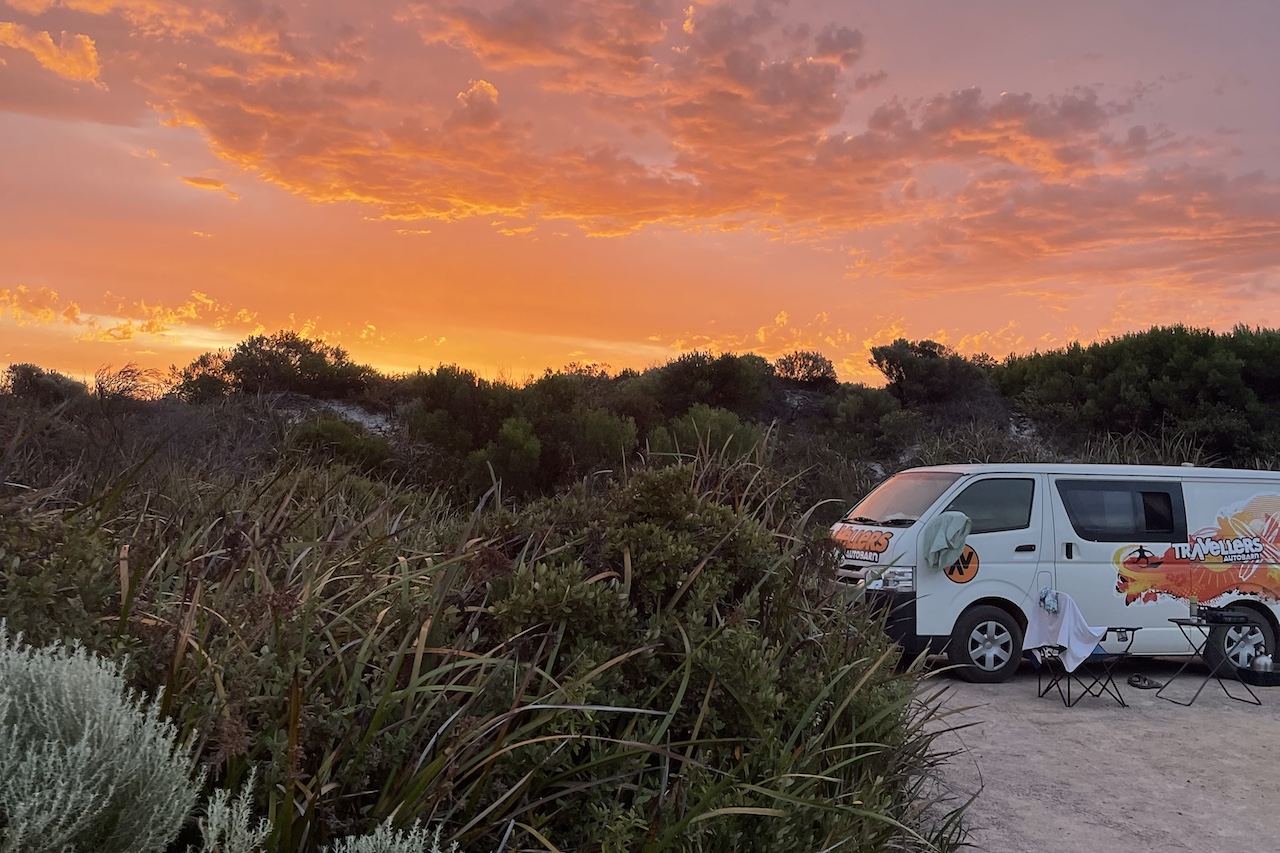
There are so many places to visit in Western Australia with places to camp around the Southwest which means you are really spoilt for choice. There are lots of useful apps that you can use to find campsites and I would recommend downloading one to anyone thinking of doing a road trip anywhere in Australia.
The app we used had filters for various features that you might want/need which made it easy to find what you were looking for and it allowed other users to leave reviews and photos, so you knew what you were going to find on arrival.
We travelled from Perth to Esperance and largely hugged the coast most of the way round stopping at Bunbury, Margaret River, Hamelin Bay, Augusta, Walpole, Denmark, Albany and then finally Esperance. There are some absolutely stunning spots in all of these places, some free and some paid.
There are several free camps around Western Australia which are amazing. Some of the ones we stayed in were right by the beach with access to public toilets and showers. They are really handy if you are travelling on a budget. There are also plenty of rest stops which are just off the highway which is handy if you just wanted somewhere to sleep as these stops have no facilities.
There’s also an initiative across Australia called ‘Meat in the Park’ which has funded several barbecues around the country, free for public use. We used these all the time on our travels and often others were doing the same.
Around Margaret River and towards Denmark there were far fewer free camps unfortunately but there are plenty of campsites around the area. We had to stay in campsites every 4 or 5 days as our van needed to be charged and it was lovely to have access to a hot shower and a kitchen for a few nights.
Trying to stay in free camps the whole time could mean that you end up doing a lot of extra driving, so you have to decide whether you think it’s worth it. It’s important that you only free camp in designated areas though as it is illegal to camp in unmarked areas.
Camping in National Parks is strictly prohibited unless you have paid to camp in the specified campsites within the park. There are rangers that patrol these areas and will hand out fines before asking you to move on if you are found camping here.
Plan Your Southwestern Australia Road Trip
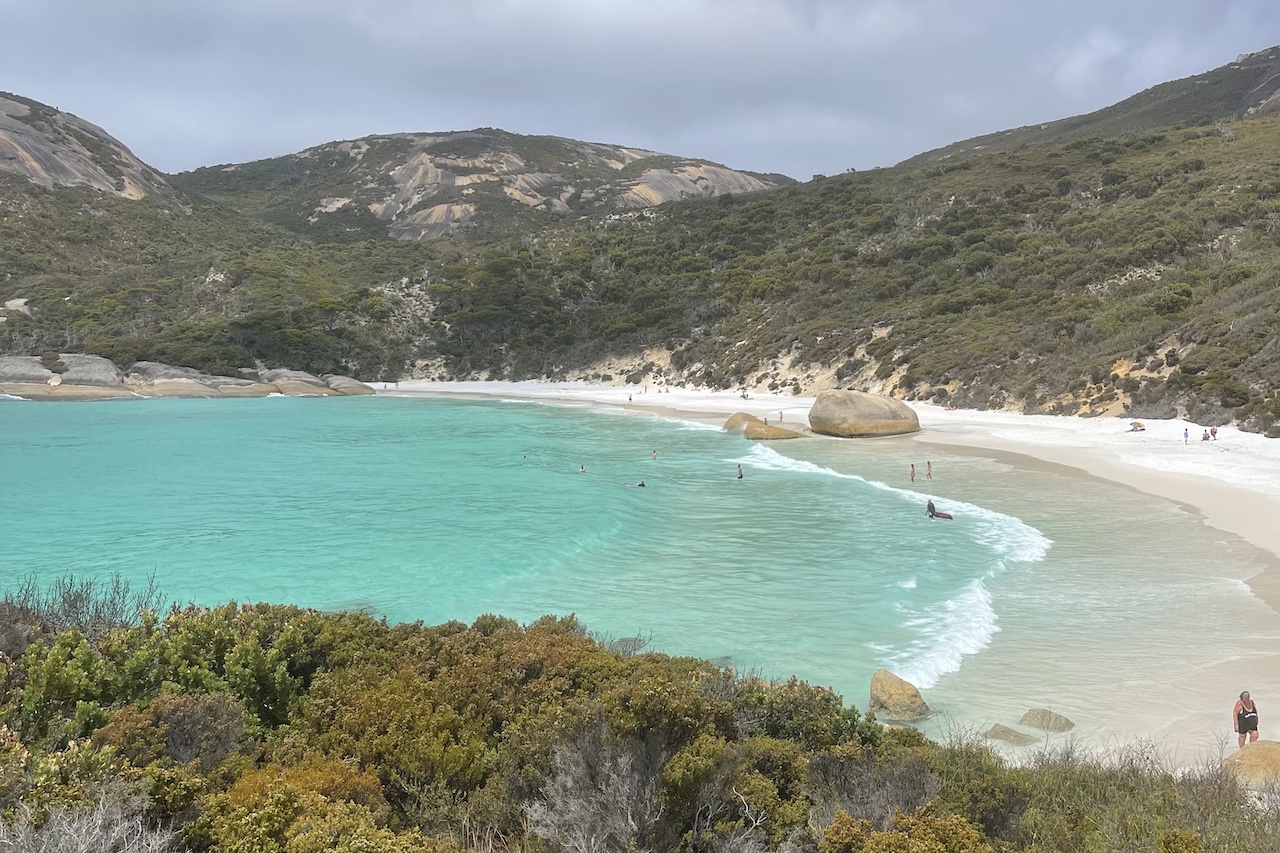
Going on a campervan road trip really is one of the best things to do in Australia. Overall, the van experience was amazing, and we managed to see so much in our short 3-week trip.
Having the van gave us the freedom to do as we pleased, and it allowed us to go to some less well-known areas as well as the top tourist spots. There is also a real community of campers who you meet along the way which adds to the experience. I’d recommend it to anyone who is considering it.
By Amy Salmon

